This blog celebrates places, often forgotten, associated with individuals who made a mark on the history of sport. In a slight diversion from this theme, this post plots places with some historical significance that I passed on my morning run this Easter Sunday, 2017.
Landmarks along my run included:
Beech Bottom Dyke, an iron age territorial boundary on the northern edge of St Albans dating back to 50 BC
Bernards Heath, site of the Second Battle of St Albans
St Peter’s Church which includes war graves from the First Battle of St Albans
St Albans city centre, site of the First Battle of St Albans (22 May 1455) passing:
- 22 St Peter’s Street, where in the office of Tom Anderson Davies, Sam Ryder’s son-in-law, the deed of gift for the Ryder Cup was prepared in 1926
- The old Town Hall, currently being converted into a new museum
- The former Turf Hotel, whose proprietor, in 1830, founded the Great St Albans Steeple Chase. This race was the inspiration for the Grand National
- The Clock Tower (built between 1403 and 1412), one of the few secular medieval clock towers in England and before which an Eleanor Cross stood until the early 18th century
- The Fleur de Lys in which King John of France was detained in 1356 and its medieval neighbours
- One of the 10 St Albans Abbey Parish war memorials that commemorate those lost from neighbouring streets during the First World War. Such street-level memorials are very rare. (Hull also had a number of “street shrines“)
- George Street which was the main road from London to the North West after Watling Street was diverted away from the derelict Roman city of Verulamium up Hollywell Hill and into St Albans in the 10th century. The Tudor Tavern at the top of George Street, (which was named after another travellers’ inn) dates from 14th century.
- The Abbey Gate (built circa 1360)
- St Albans Abbey, (construction started in 1077) which commemorates Britain’s first Christian martyr.
- The White Hart Inn (1500-1700) where Elizabeth Wilson lost her head in 1820 when riding on the top of a stage coach as it turned into the inn’s yard. The incident is said to have been the inspiration for the gory death of Mr Jingle in Charles Dickens’ Pickwick Papers
- Ryder House and Ryder Exhibition Hall, built by Sam Ryder, who also built a business and made a fortune in St Albans before donating the eponymous cup for the biennial transatlantic golf match
- The Garibaldi. While the building itself may be of limited historic interest, it commemorates a significant figure in Italian history, and it’s a nice pub!
The Sopwell remains, remnants of a Tudor mansion dating from circa 1540 that was built on the site of Sopwell Nunnery which dated back to 1141.
Ye Olde Fighting Cock, which vies with Ye Olde Trip to Jerusalem in Nottingham and a handful of other fine hostelries for the title of England’s oldest pub
The London Gate and city walls of Roman Verulamium
Verulamium’s city walls and mosaic
The family vault of the Earls of Grimston at St Michaels Church. More in line with this blog’s usual subject matter, the sometimes eccentric Hon Robert Grimston was a cricketer for MCC, a founder of I Zingari and involved in the formation of Surrey County Cricket Club. He was also a member of the Amateur Athletic Club.
Just off this route but featuring on some of my other regular runs, and indicated by green markers on the map, are:
- The Roman Theatre
- Old Gorhambury House, residence of Francis Bacon
- Batchwood Hall, home of Edmund Beckett, 1st Baron Grimthorpe who, as well as his attempts to restore St Albans Abbey and St Peter’s Church as mentioned above, also designed the clock mechanism that drives Big Ben at the Palace of Westminster.
- Childwickbury, the home of film director the late Stanley Kubrick and a former residence of Sir John Blundell Maple.
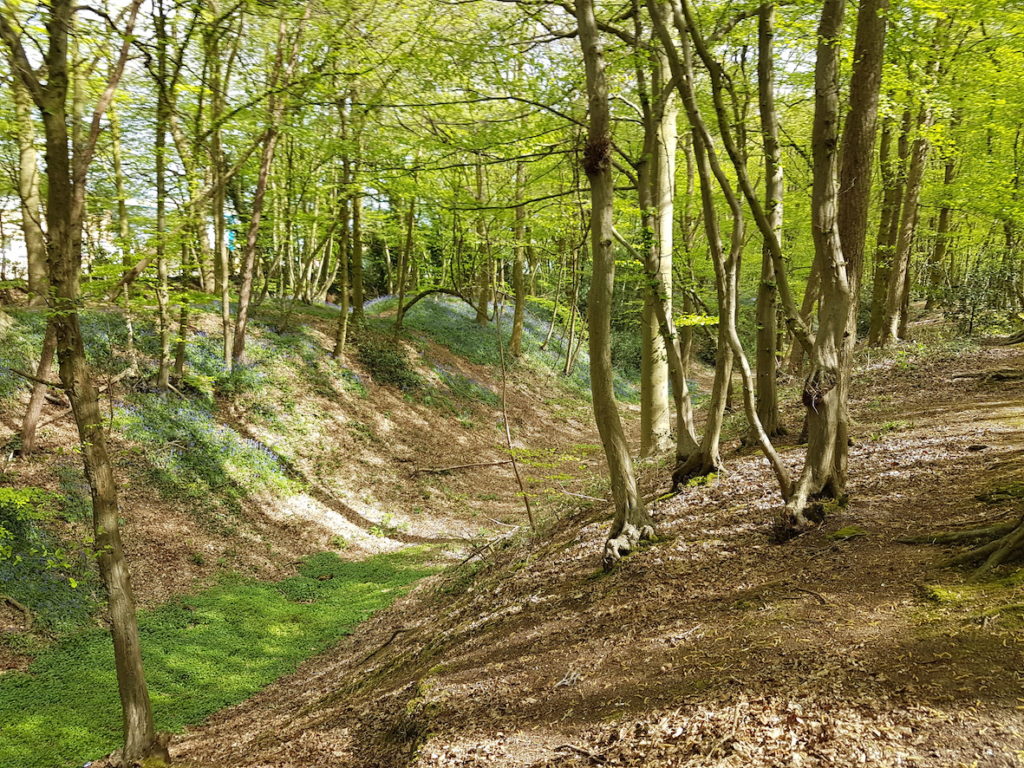
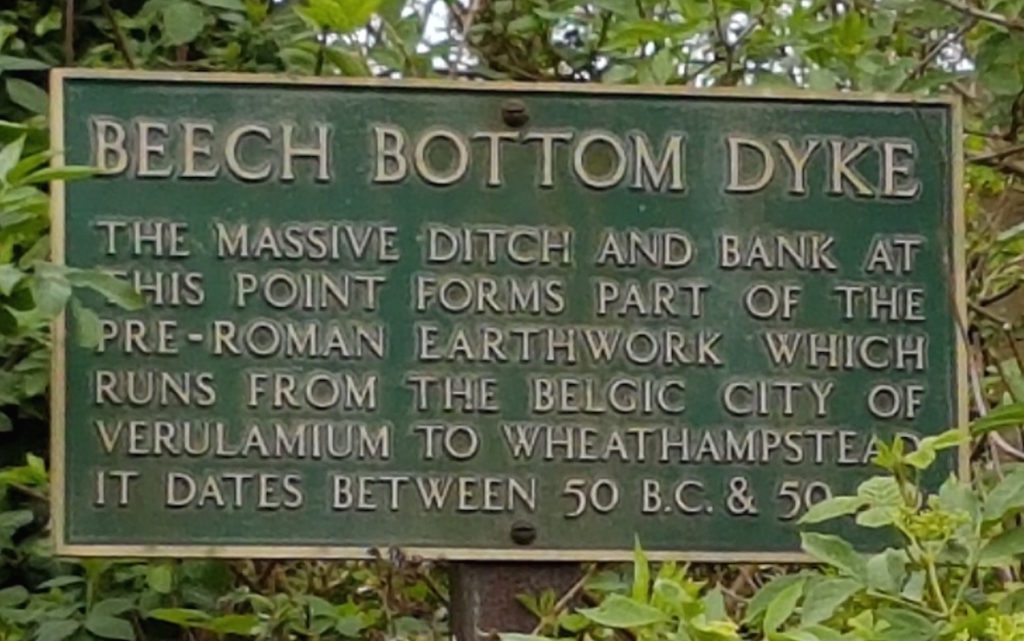
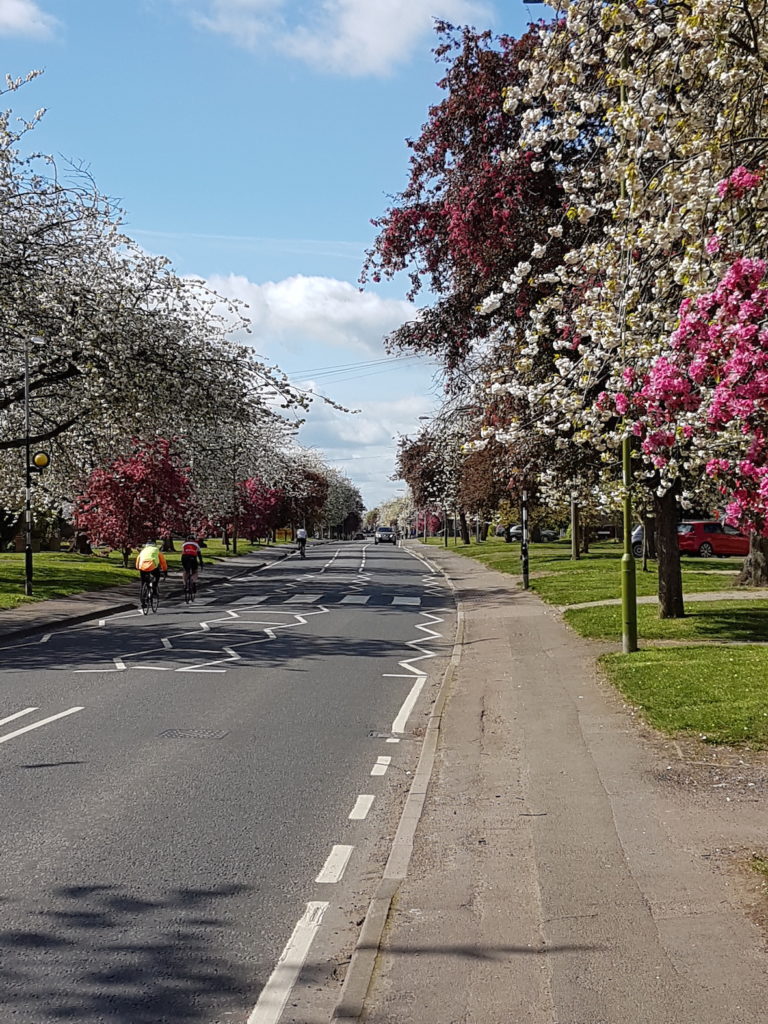
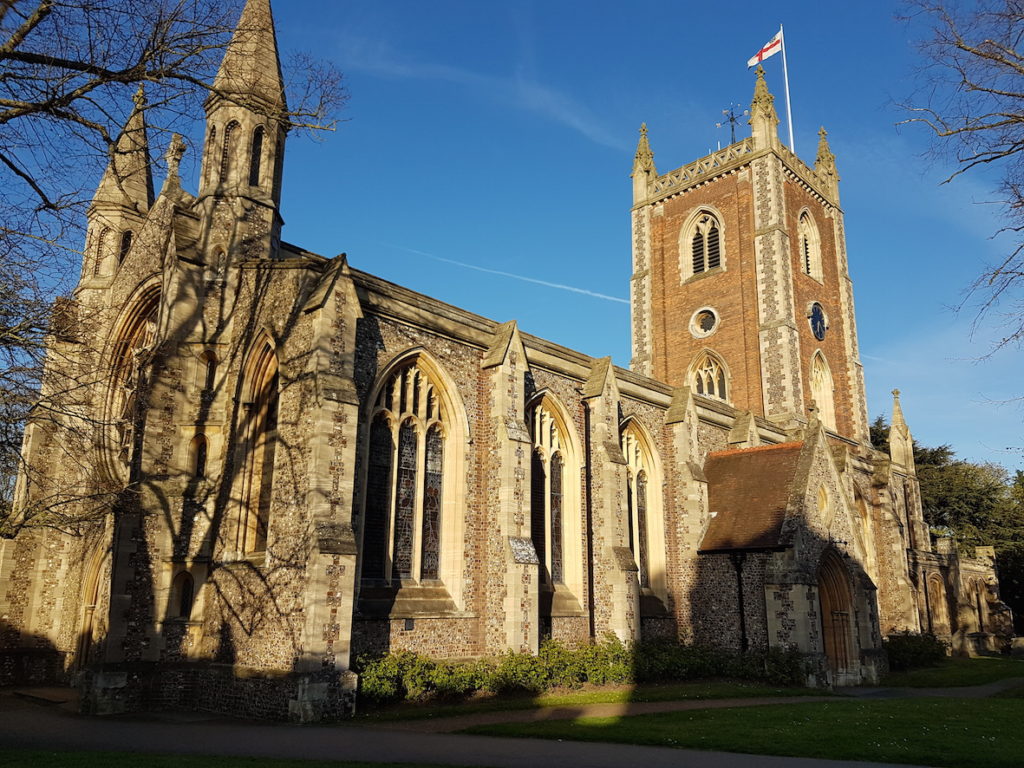
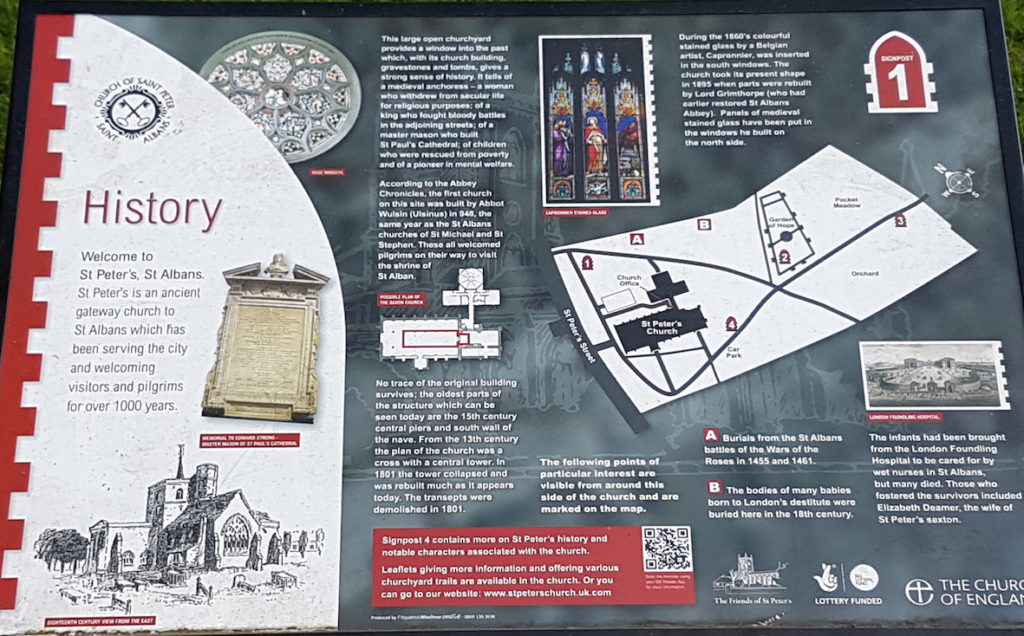
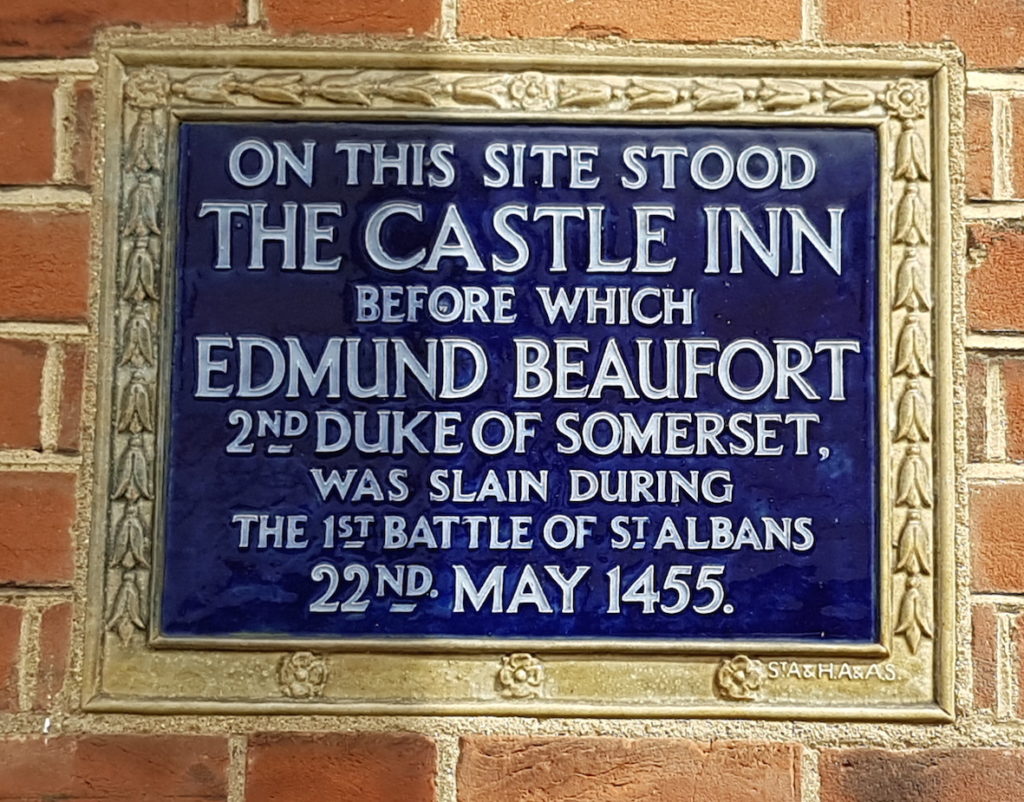
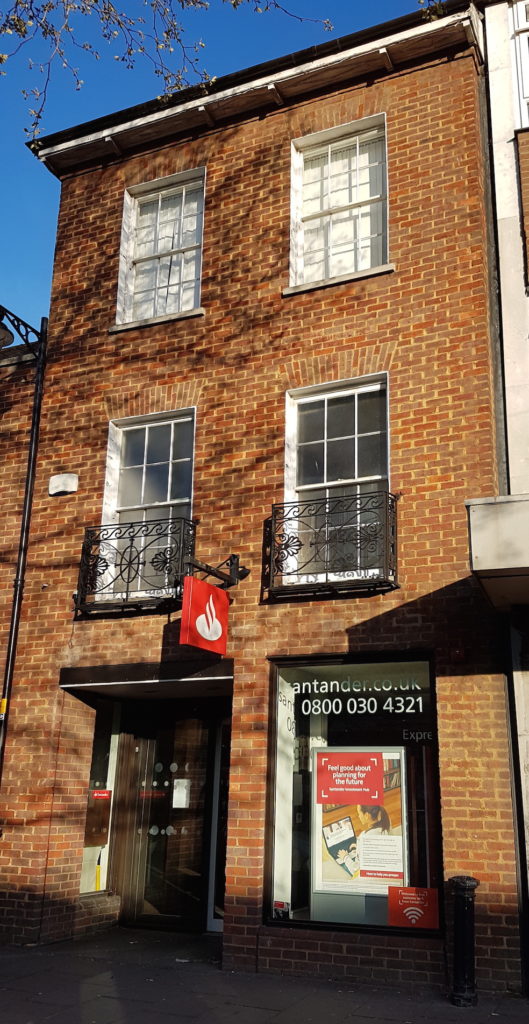
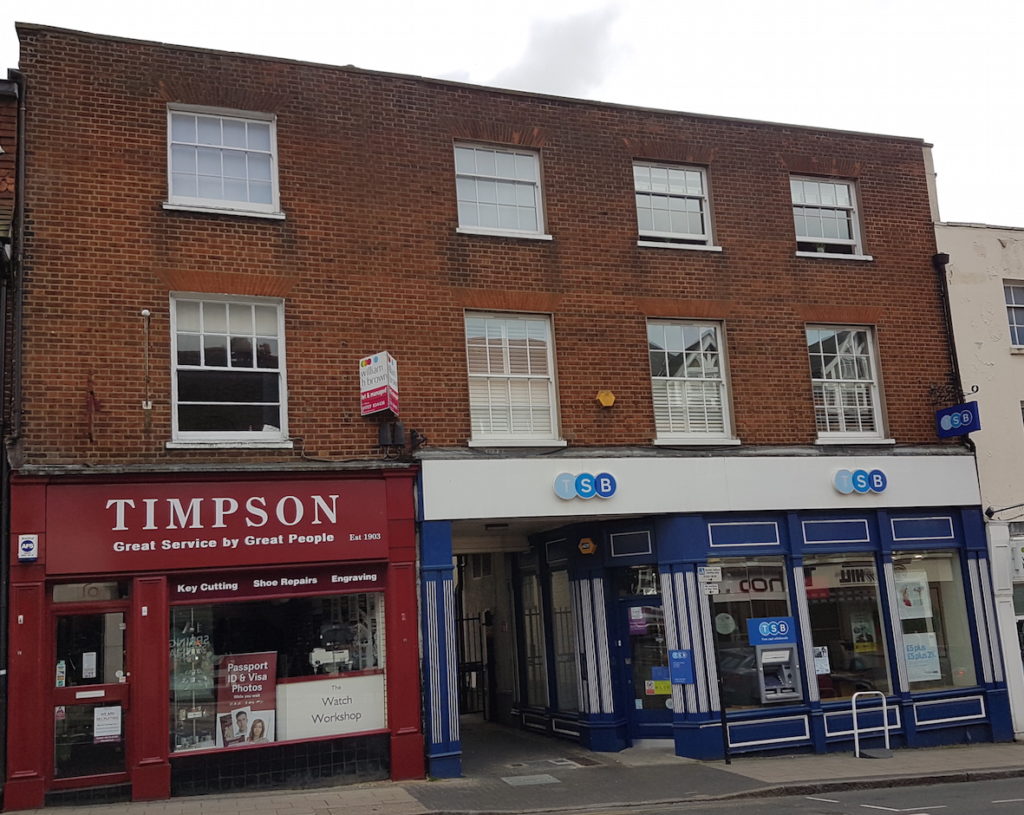
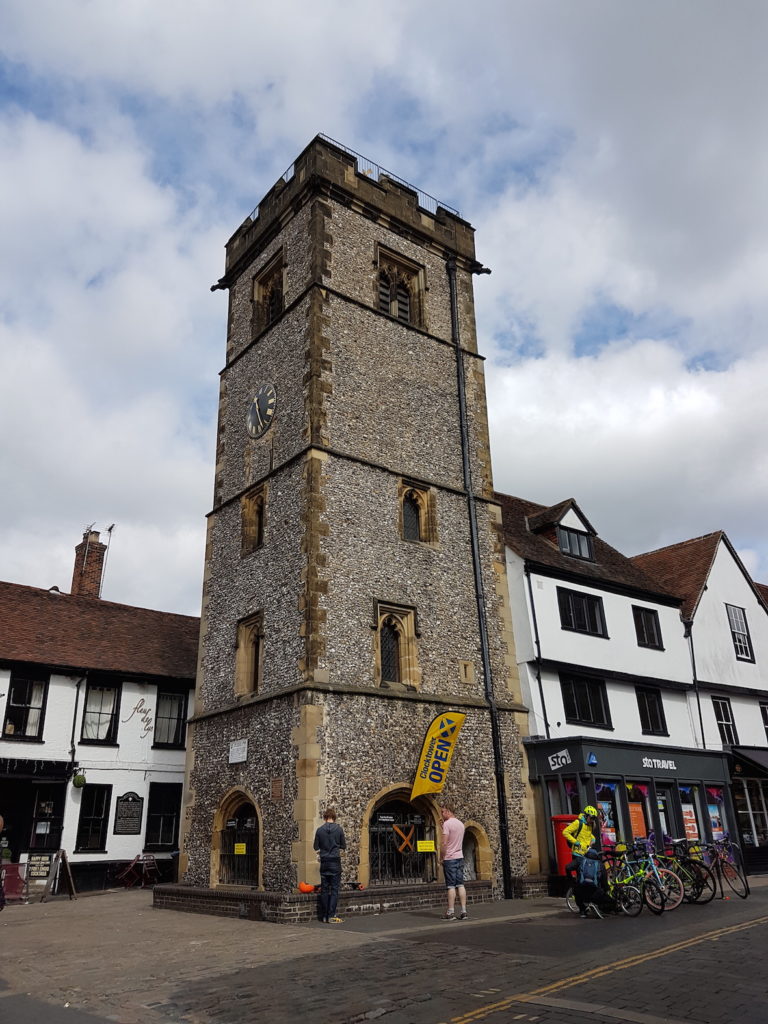
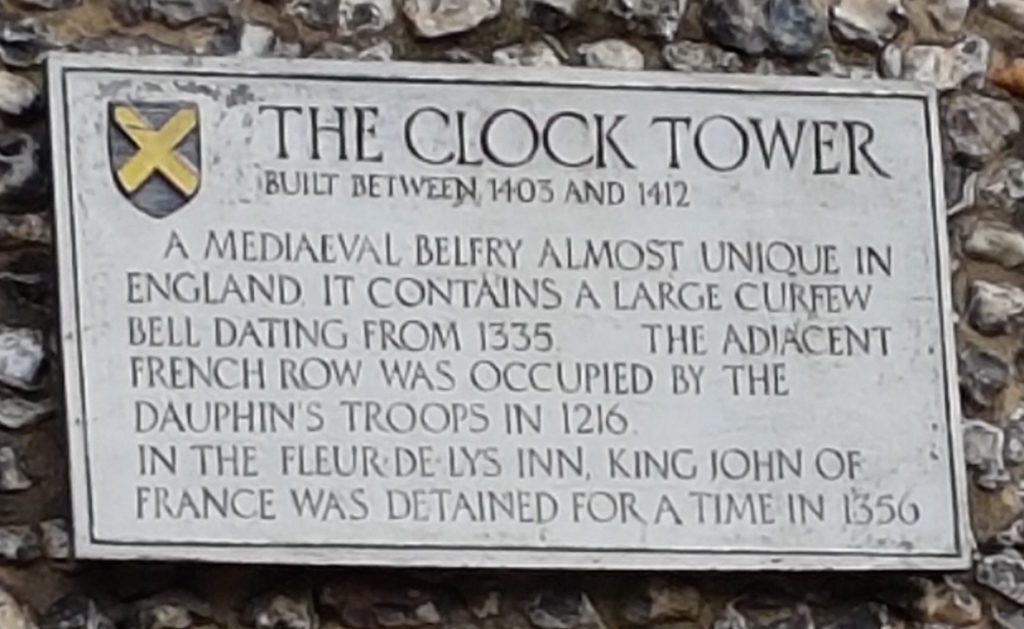
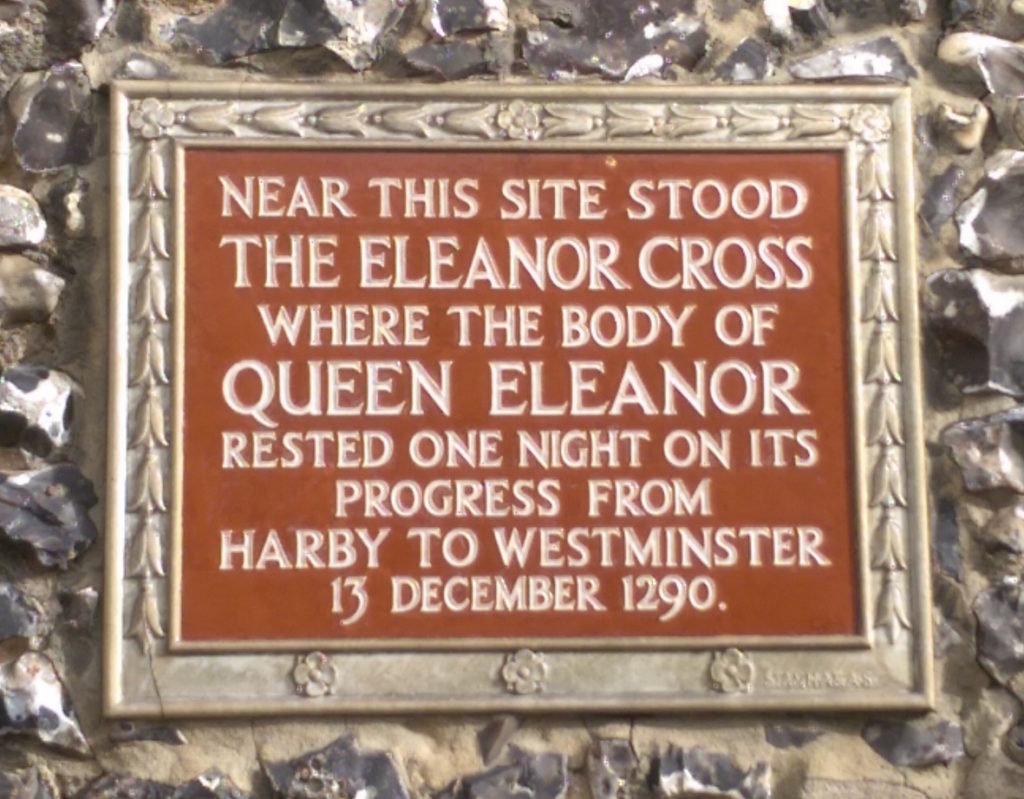
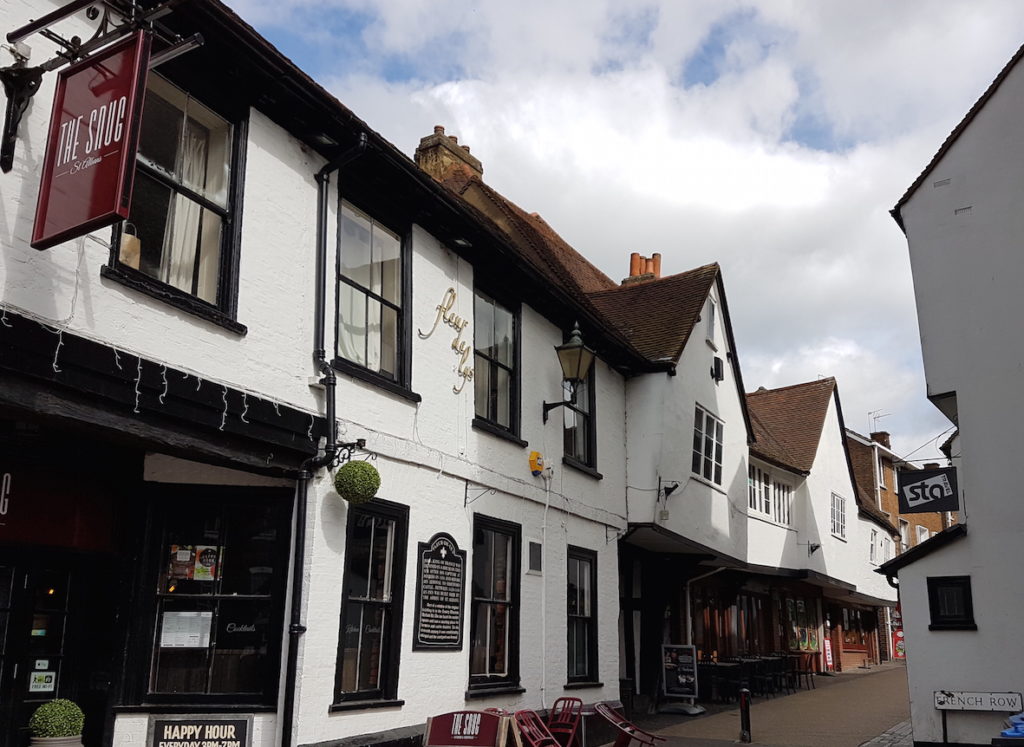
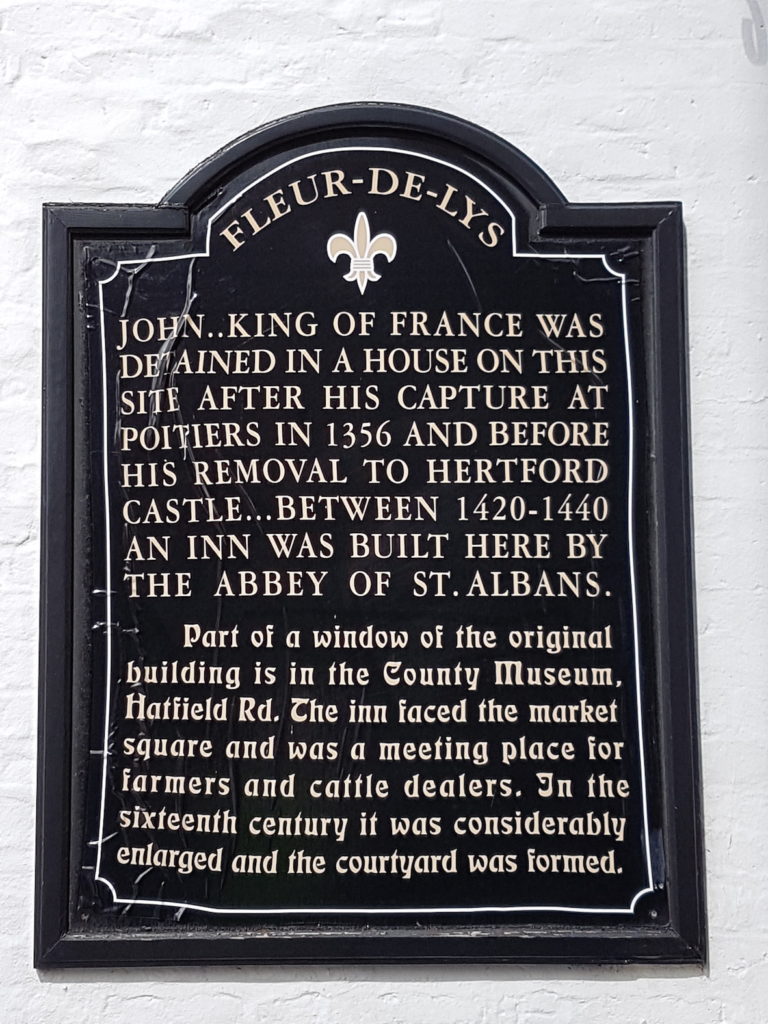
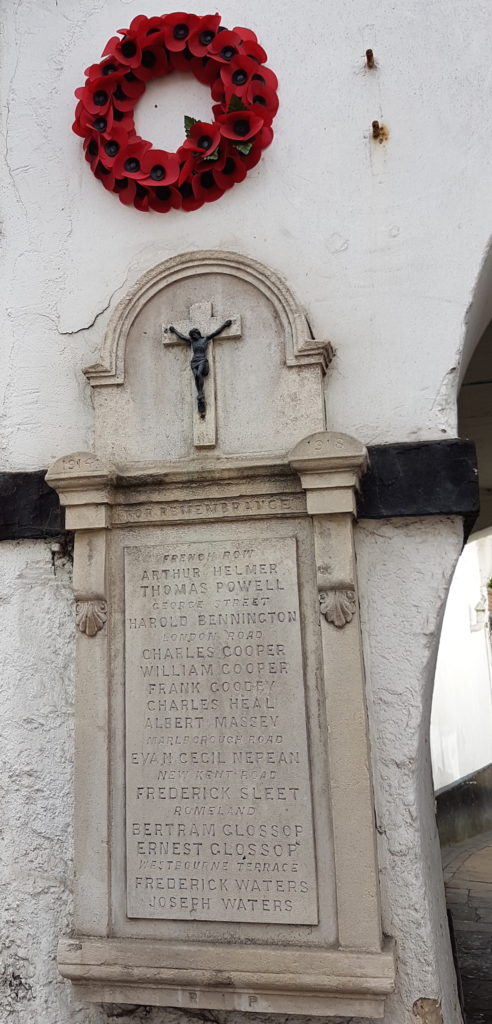
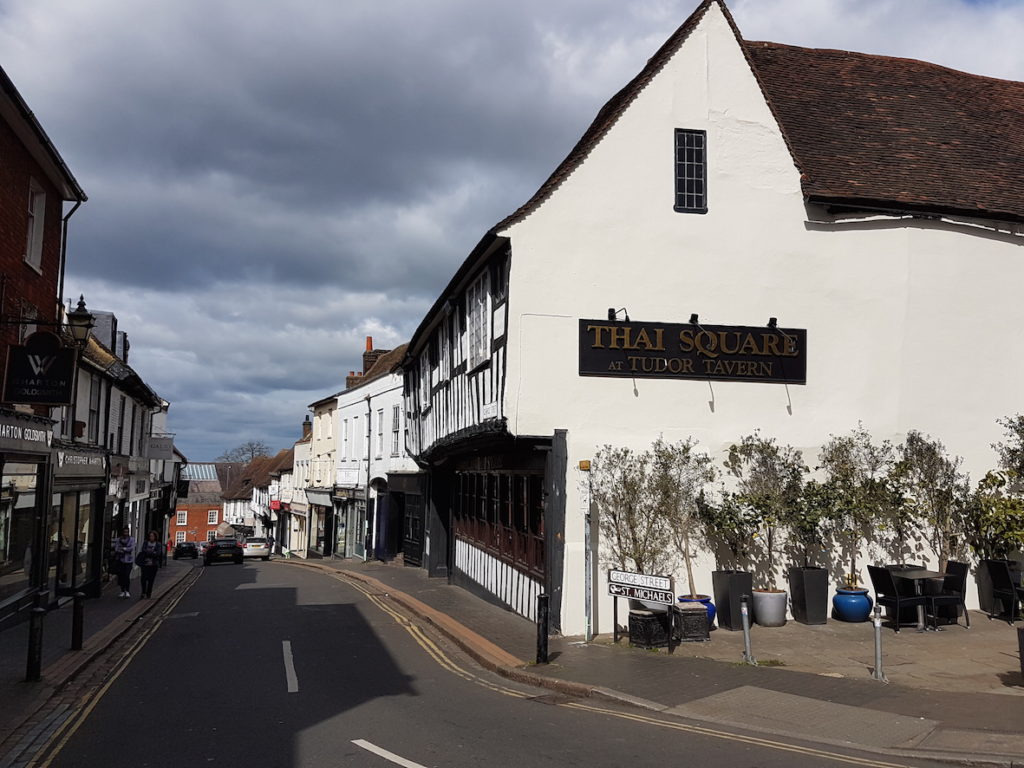
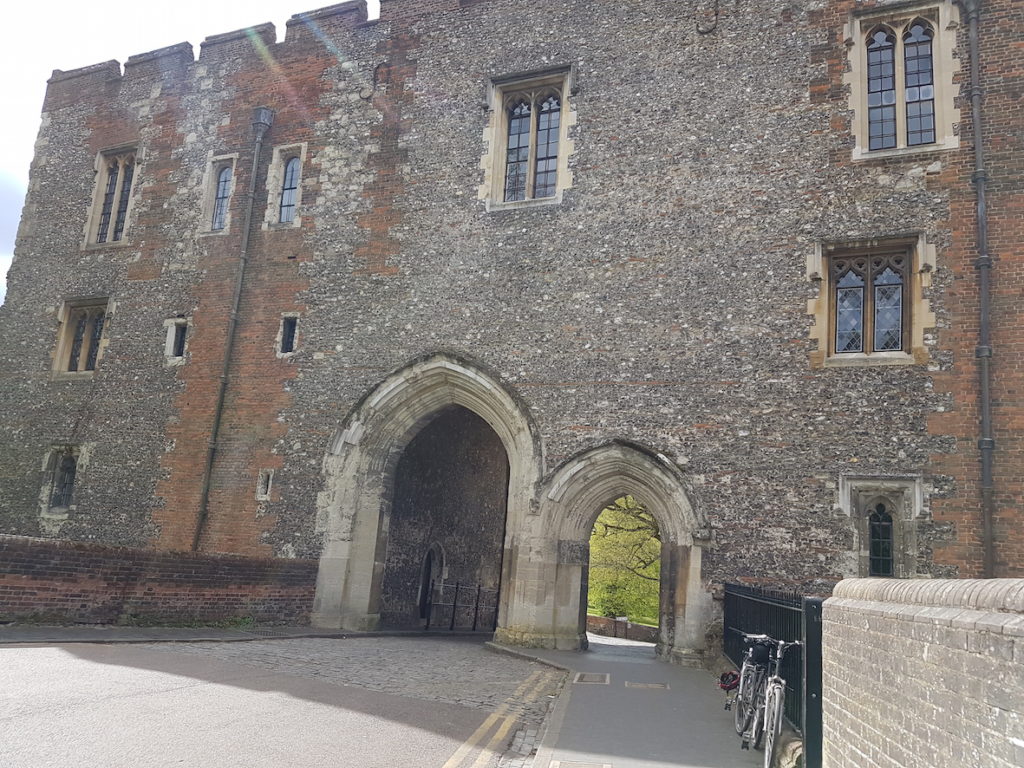
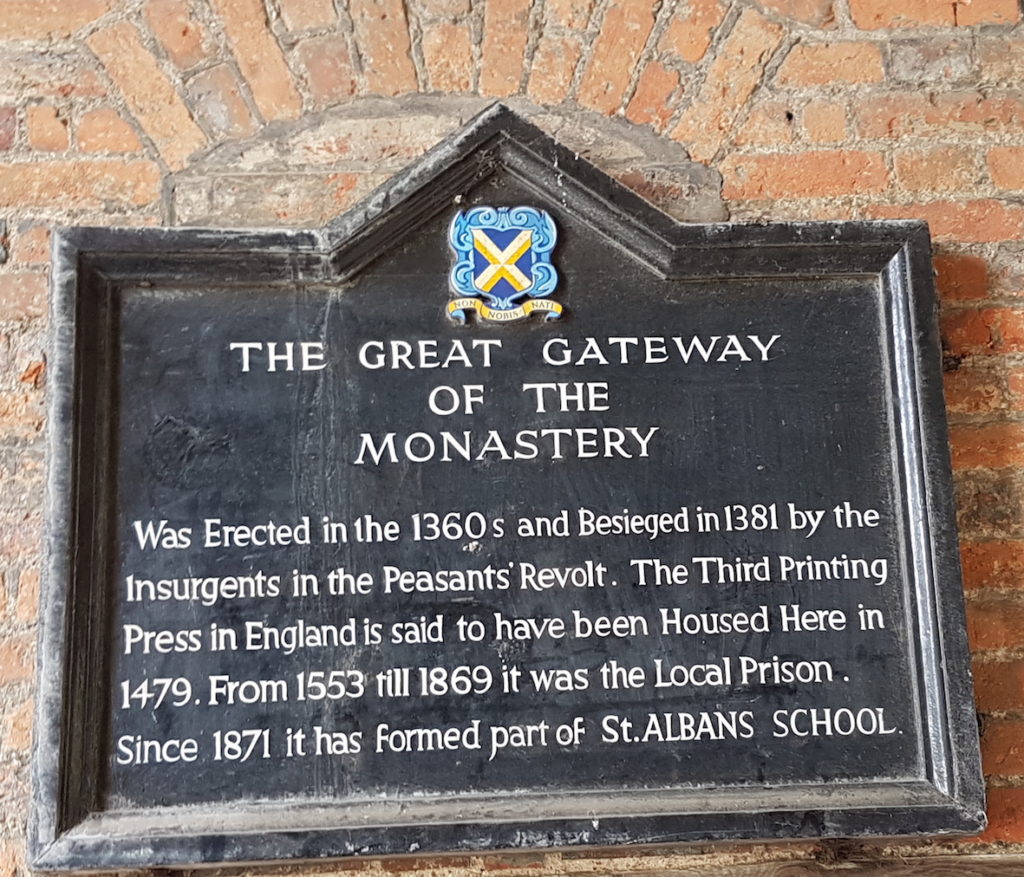
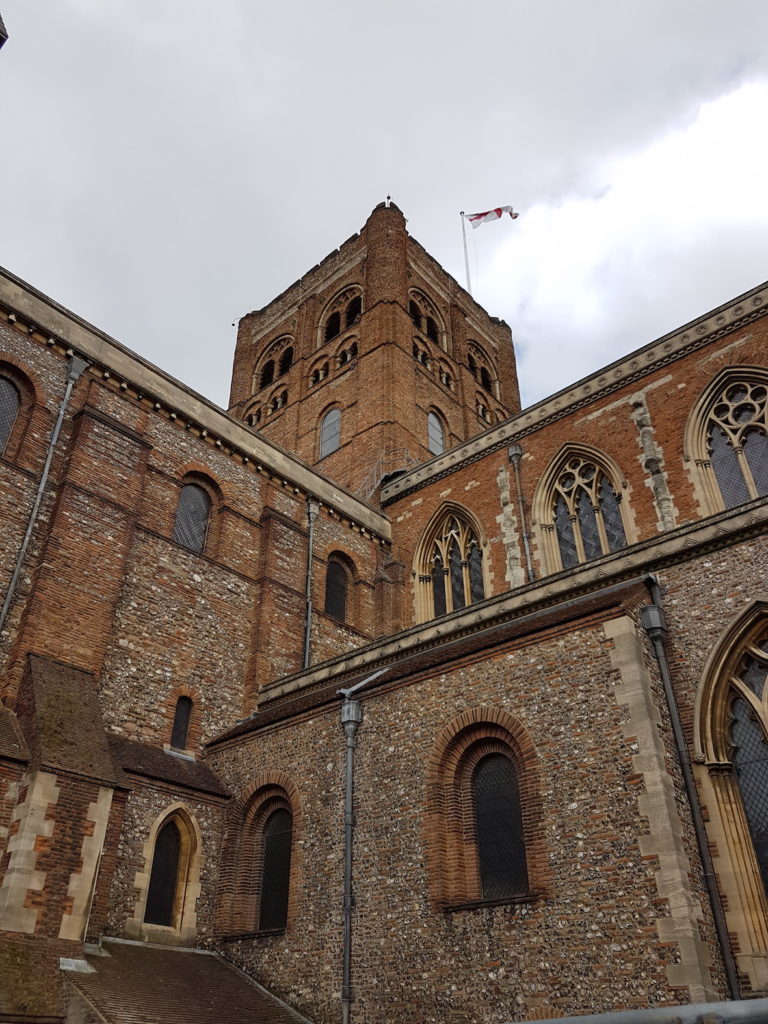
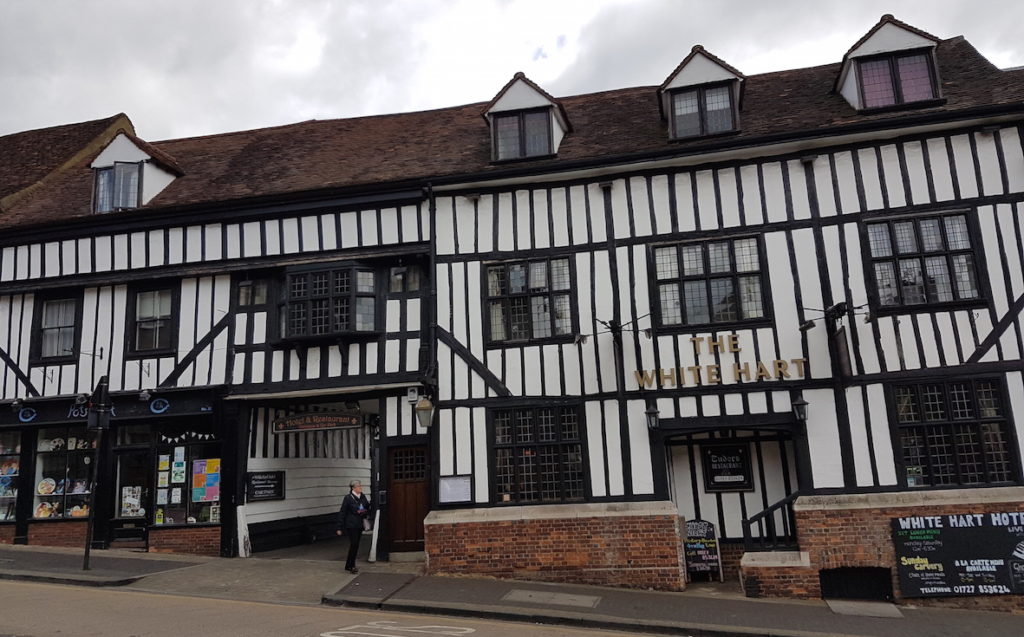
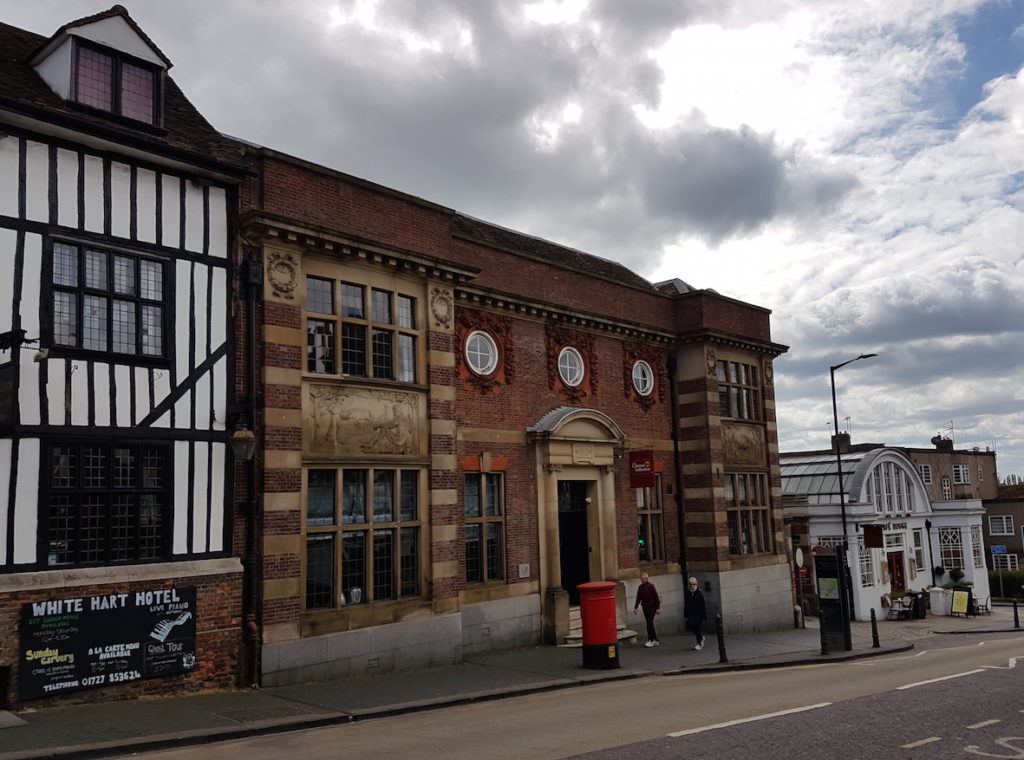
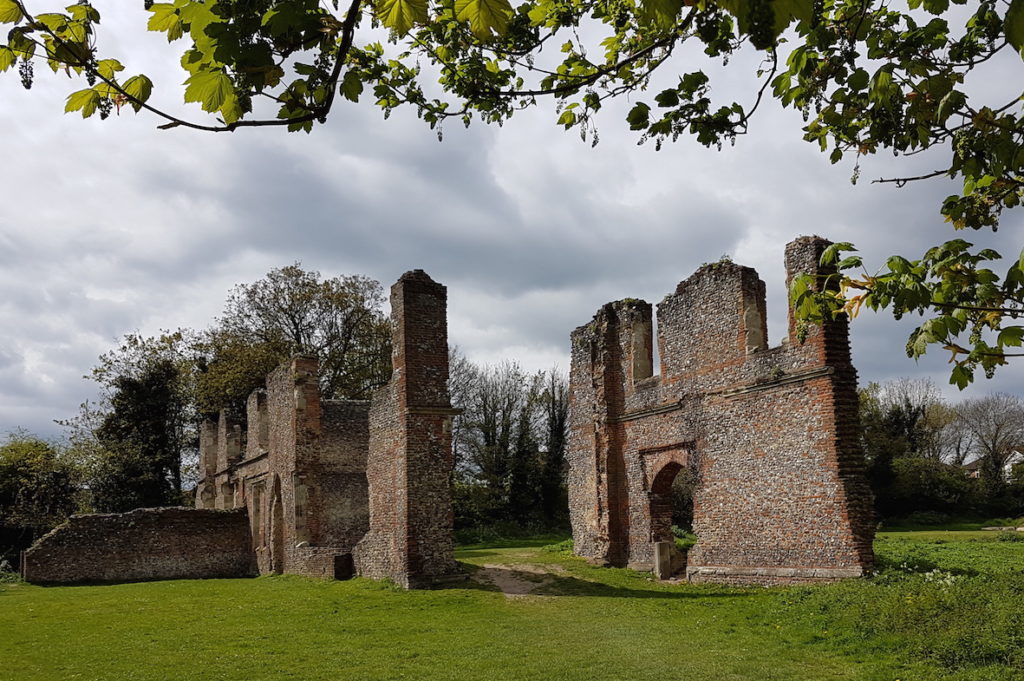
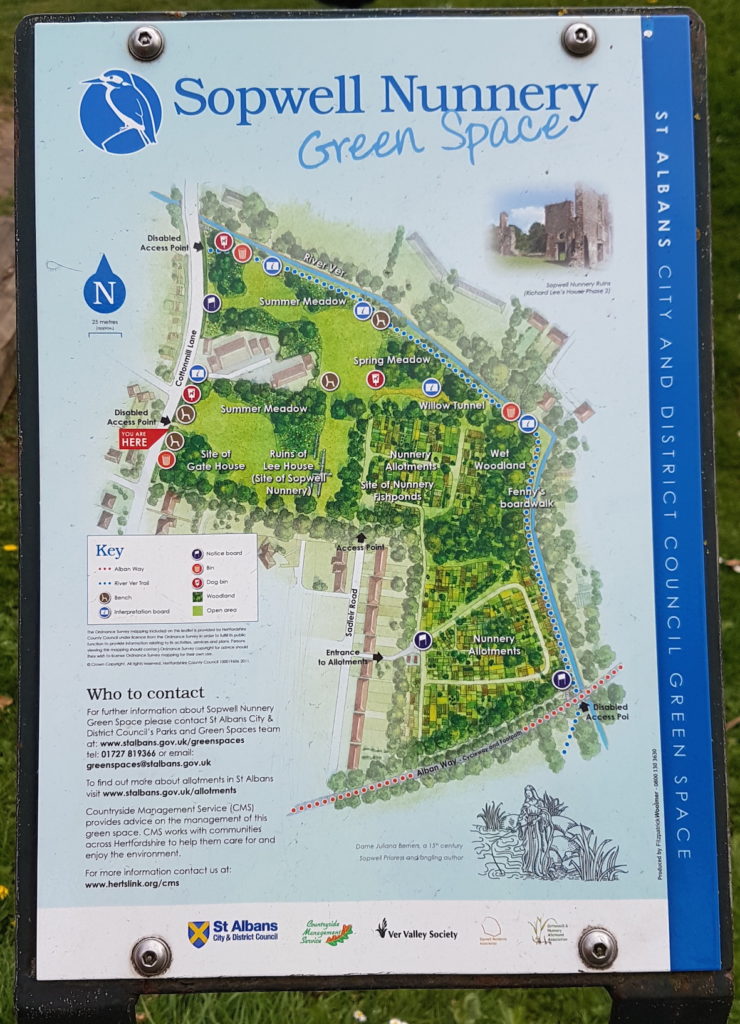
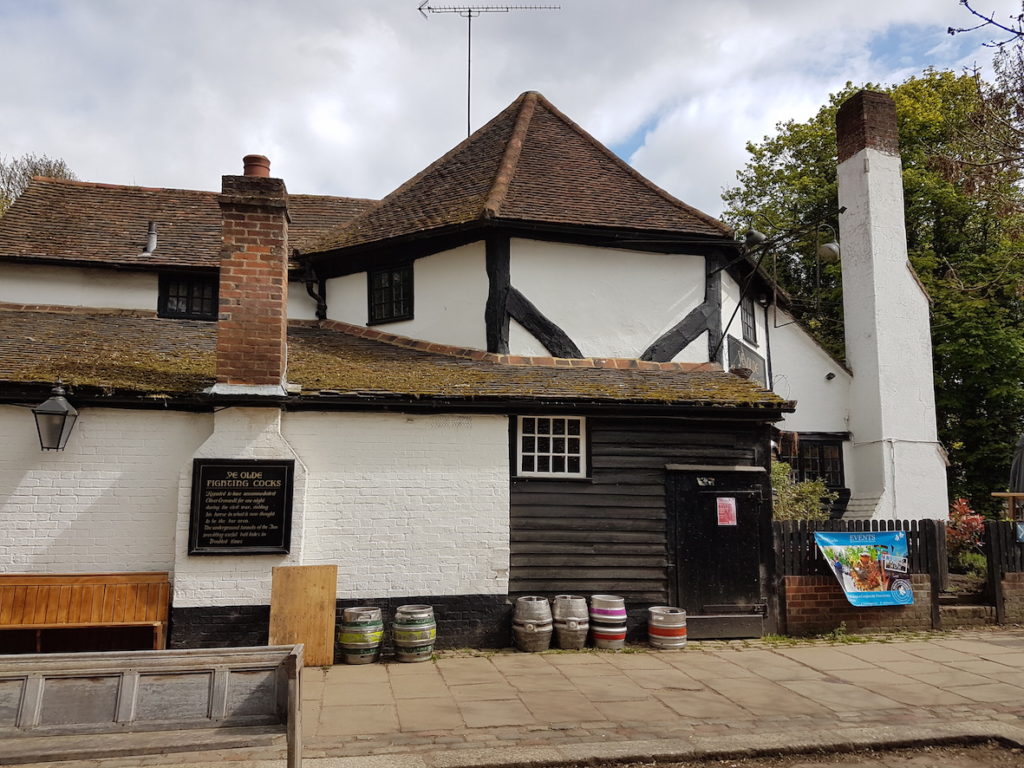
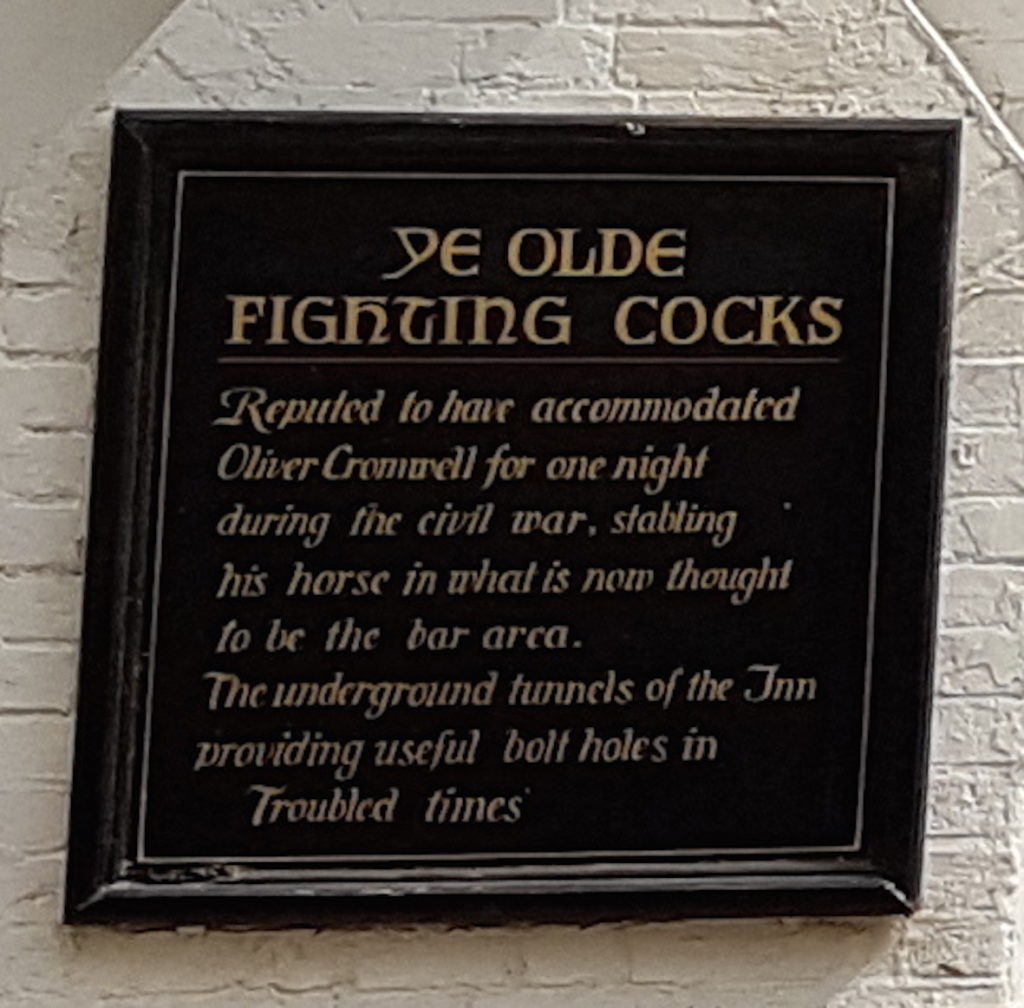
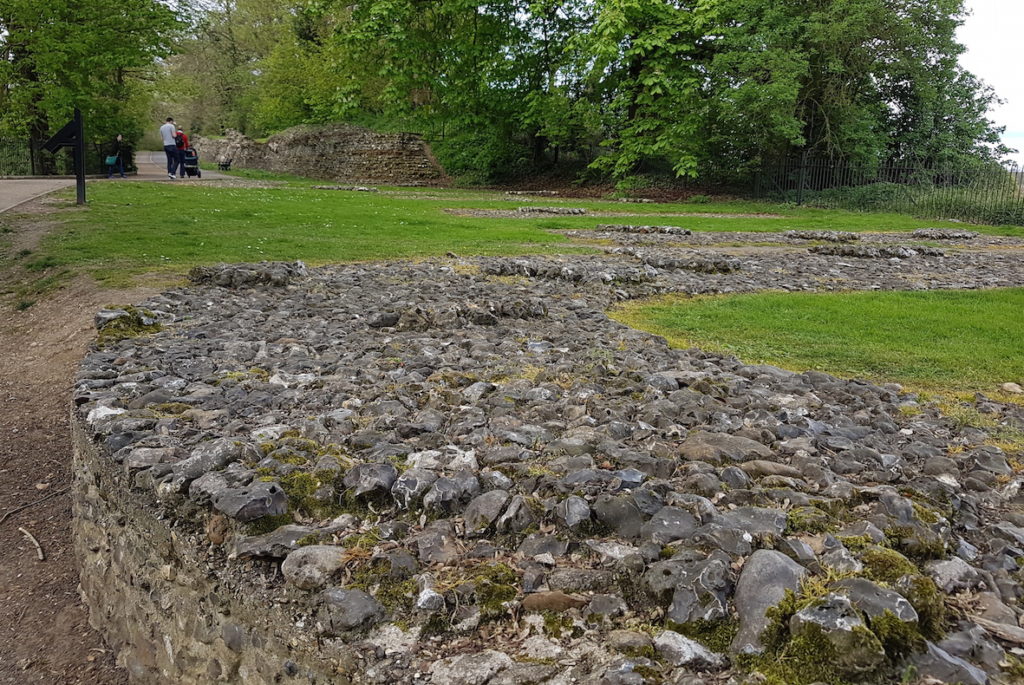
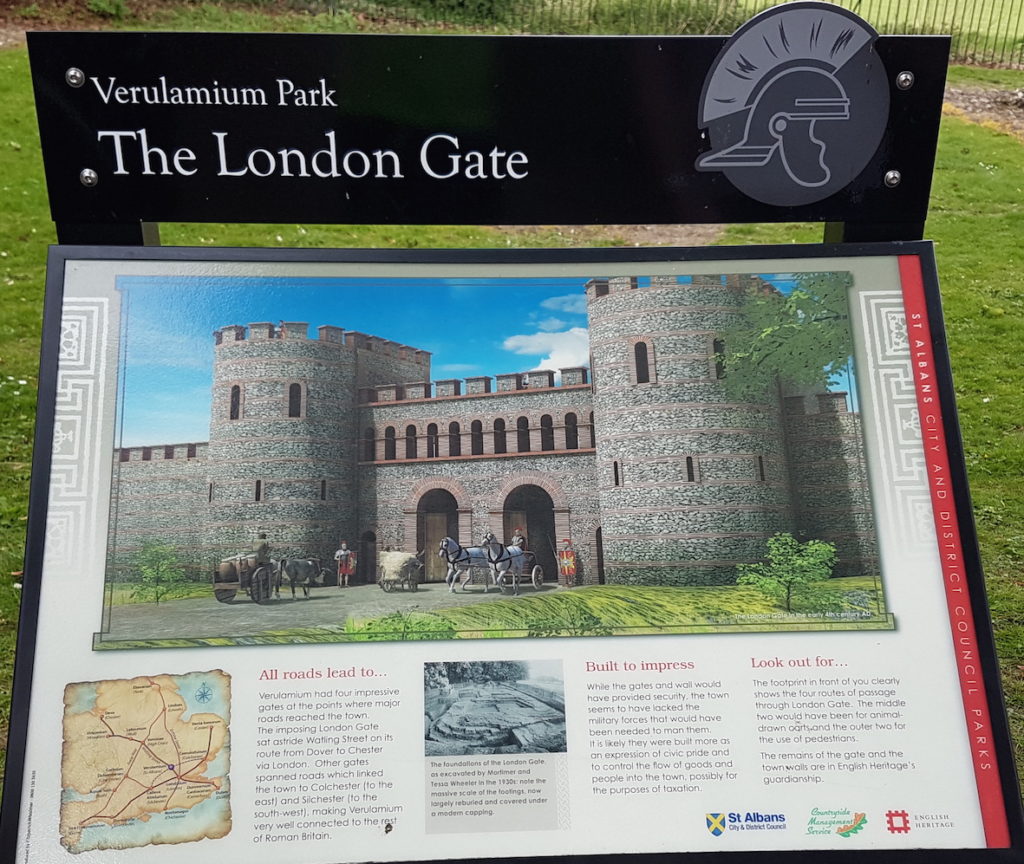
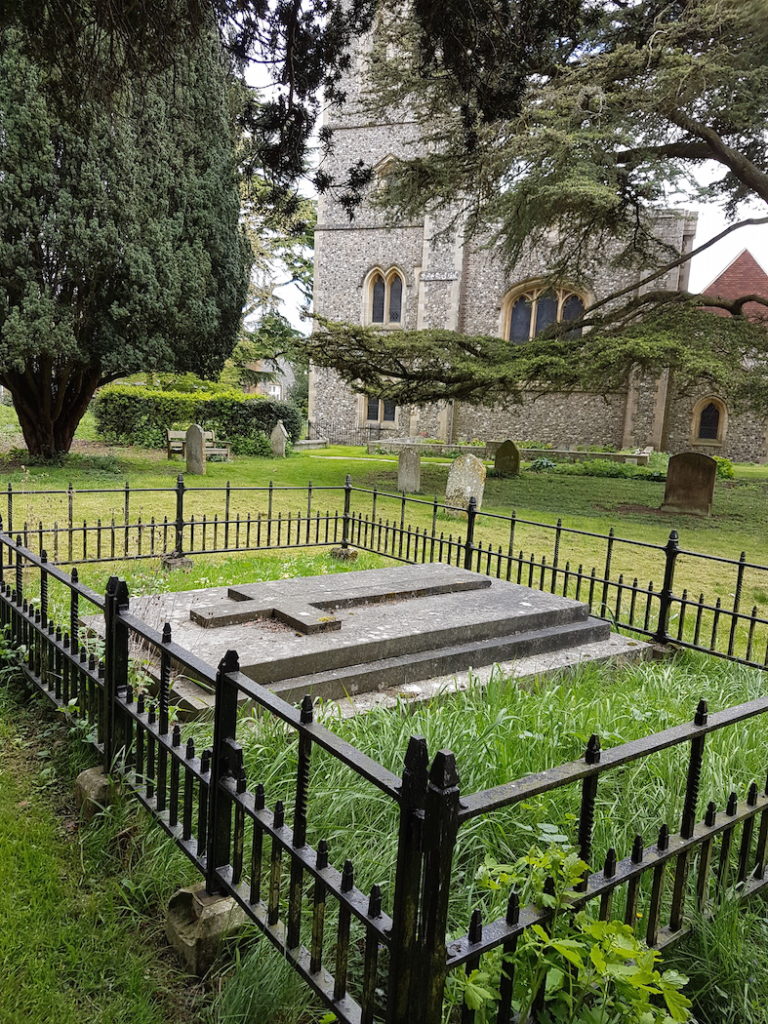
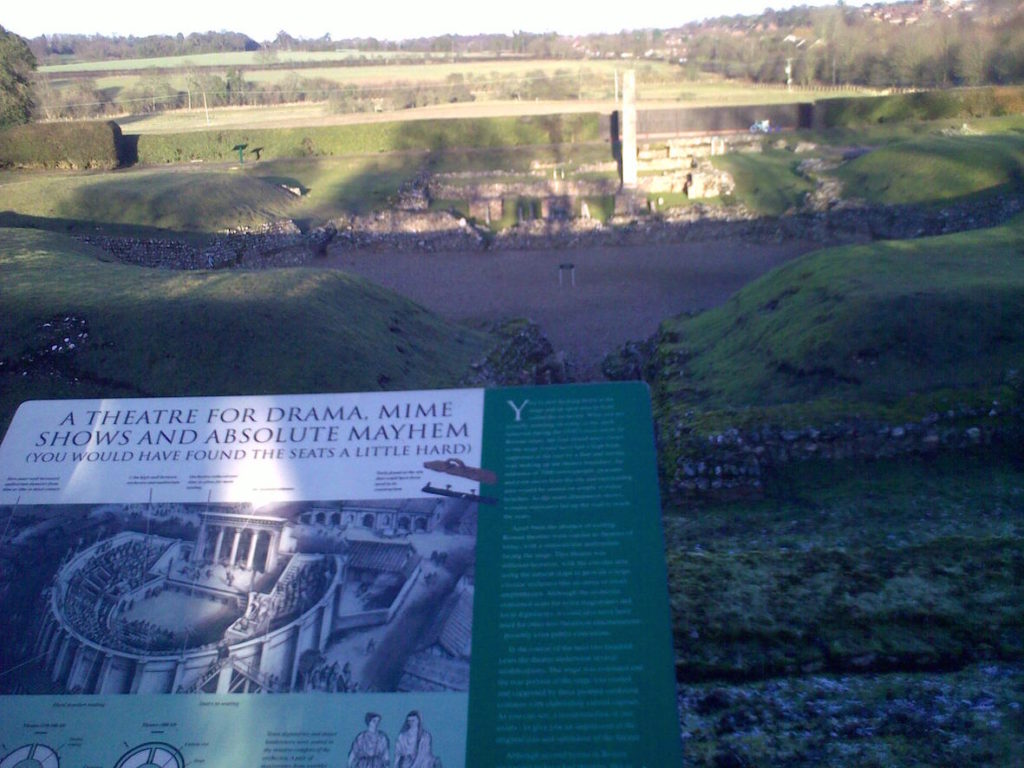
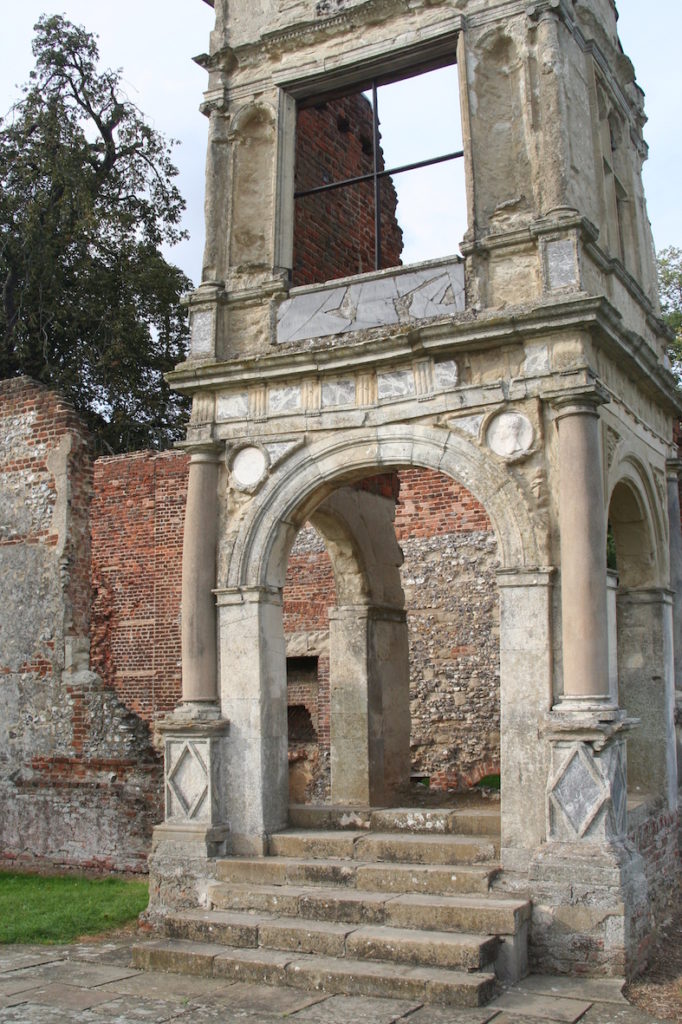
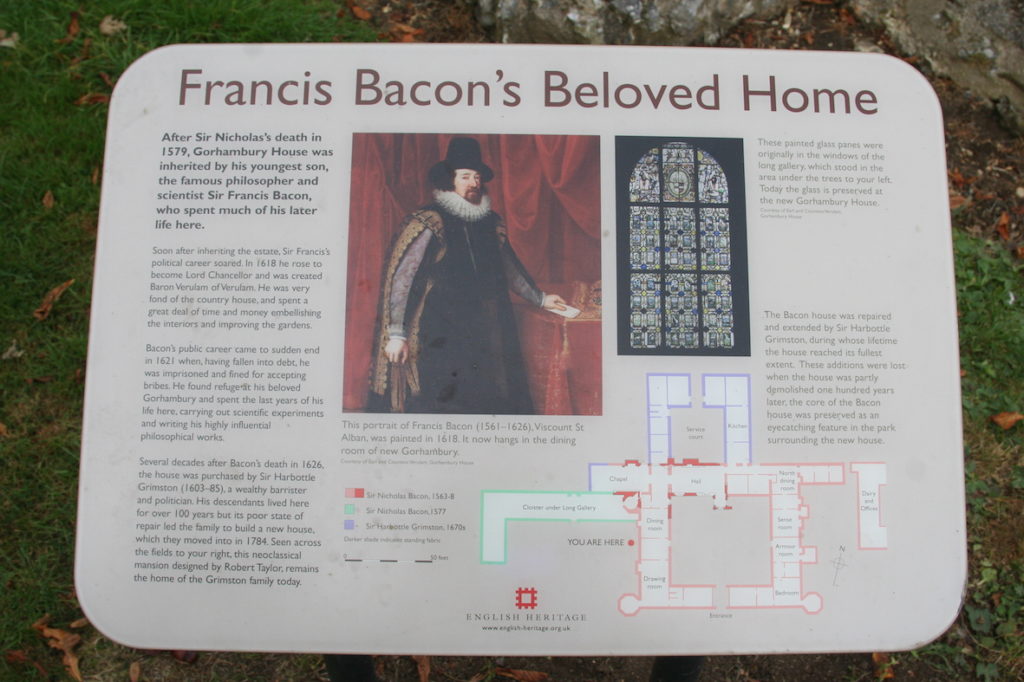
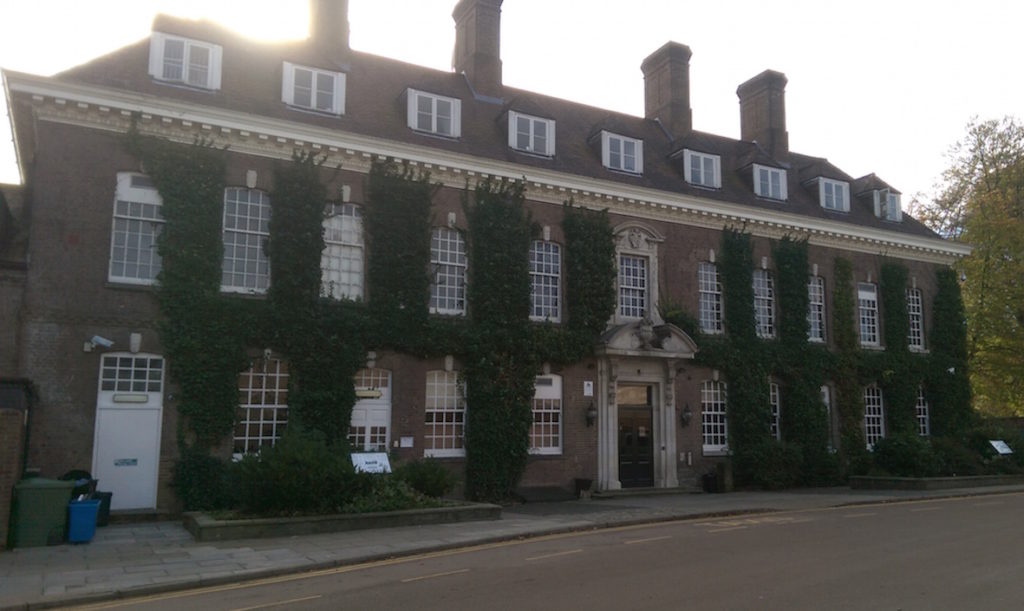
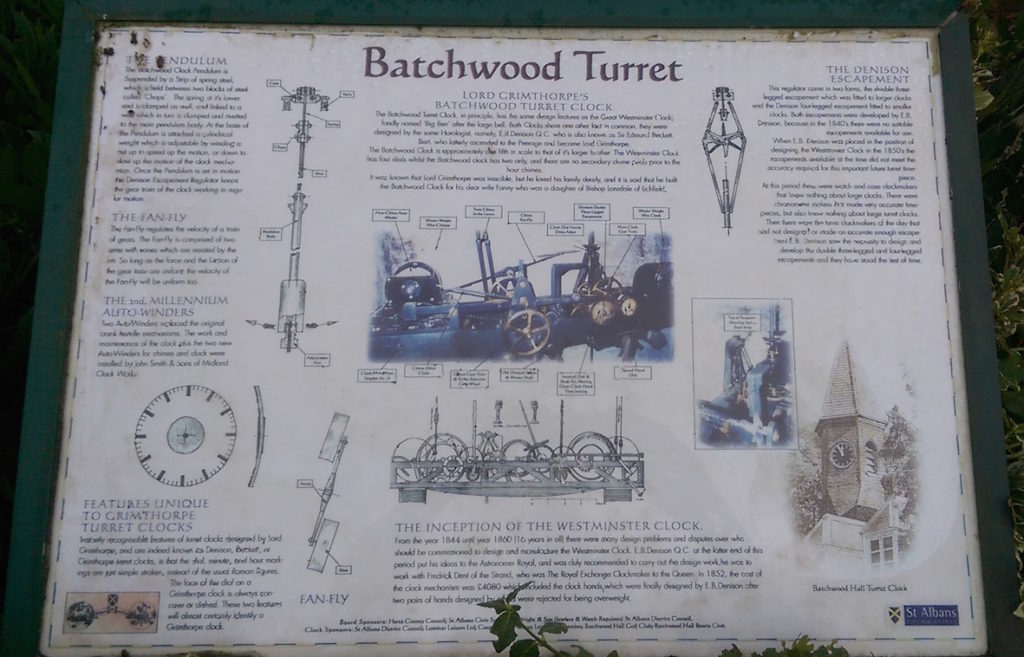
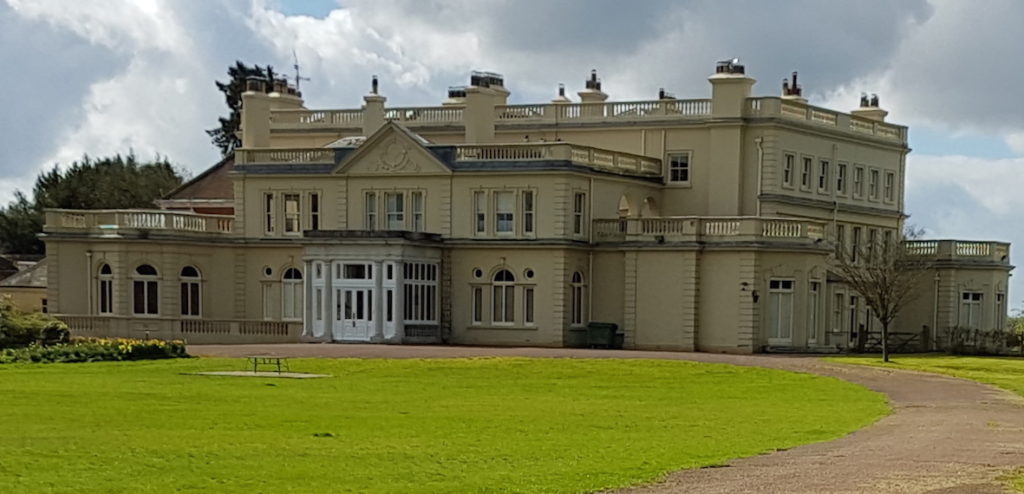
For running history enthusiasts, there are plenty of other places of interest around St Albans to include in a morning run.



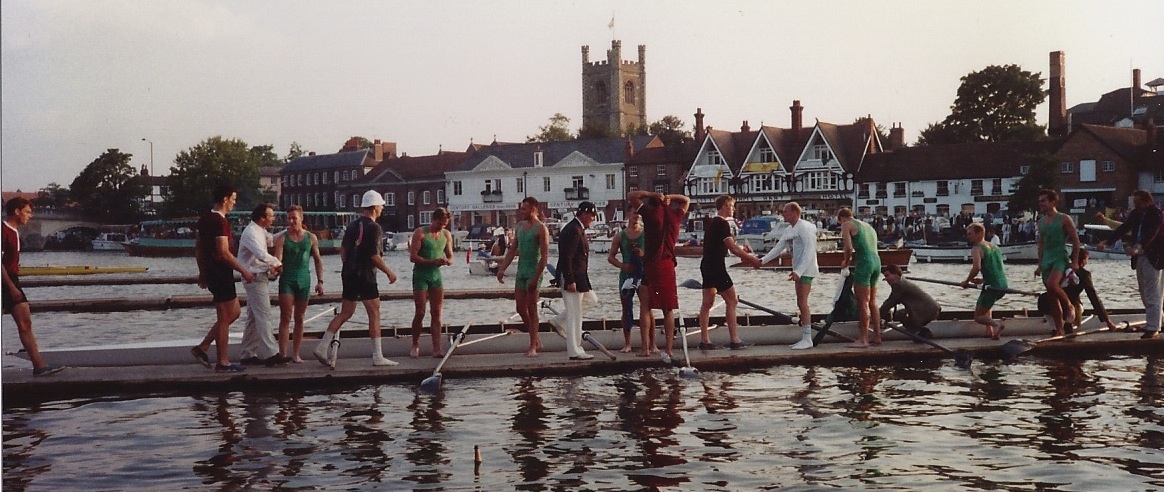
One thought on “How much history can you cram into a morning run?”
An interesting run! Regarding the White Hart Inn – it is true that the White Hart claims to be the source of the decapitation incident in The Pickwick Papers, but actually a similar incident occurred at the Golden Cross Inn in London, and this moreover is the very location in The Pickwick Papers which is the setting for the decapitation scene. I cover this incident in my novel Death and Mr Pickwick, which tells the story behind the creation of The Pickwick Papers, and which was published by Random House in 2015. However, I am also very interested in the power of The Pickwick Papers to generate spurious origins of its incidents, and have indeed visited the White Hart for that reason myself. It is supposedly haunted by the ghost of the lady who lost her head. Best wishes Stephen Jarvis